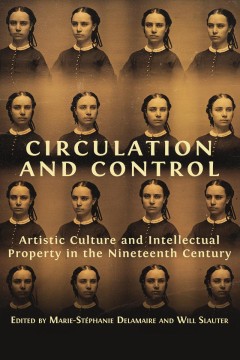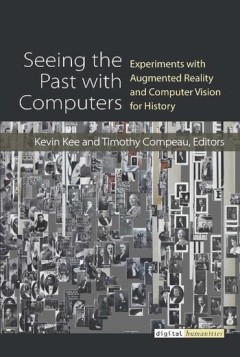Filter by

Circulation and control : artistic culture and intellectual property in the n…
The nineteenth century witnessed a series of revolutions in the production and circulation of images. From lithographs and engraved reproductions of paintings to daguerreotypes, stereoscopic views, and mass-produced sculptures, works of visual art became available in a wider range of media than ever before. But the circulation and reproduction of artworks also raised new questions about the leg…
- Edition
- -
- ISBN/ISSN
- 9781800641488
- Collation
- xiv, 288p.: ill.
- Series Title
- -
- Call Number
- 346 DEL c

Seeing the past with computers : experiments with augmented reality and compu…
Recent developments in computer technology are providing historians with new ways to see—and seek to hear, touch, or smell—traces of the past. Place-based augmented reality applications are an increasingly common feature at heritage sites and museums, allowing historians to create immersive, multifaceted learning experiences. Now that computer vision can be directed at the past, research …
- Edition
- -
- ISBN/ISSN
- 9780472131112
- Collation
- vi, 247p. : ill.
- Series Title
- -
- Call Number
- 001.30285 SEE s
 Computer Science, Information & General Works
Computer Science, Information & General Works  Philosophy & Psychology
Philosophy & Psychology  Religion
Religion  Social Sciences
Social Sciences  Language
Language  Pure Science
Pure Science  Applied Sciences
Applied Sciences  Art & Recreation
Art & Recreation  Literature
Literature  History & Geography
History & Geography